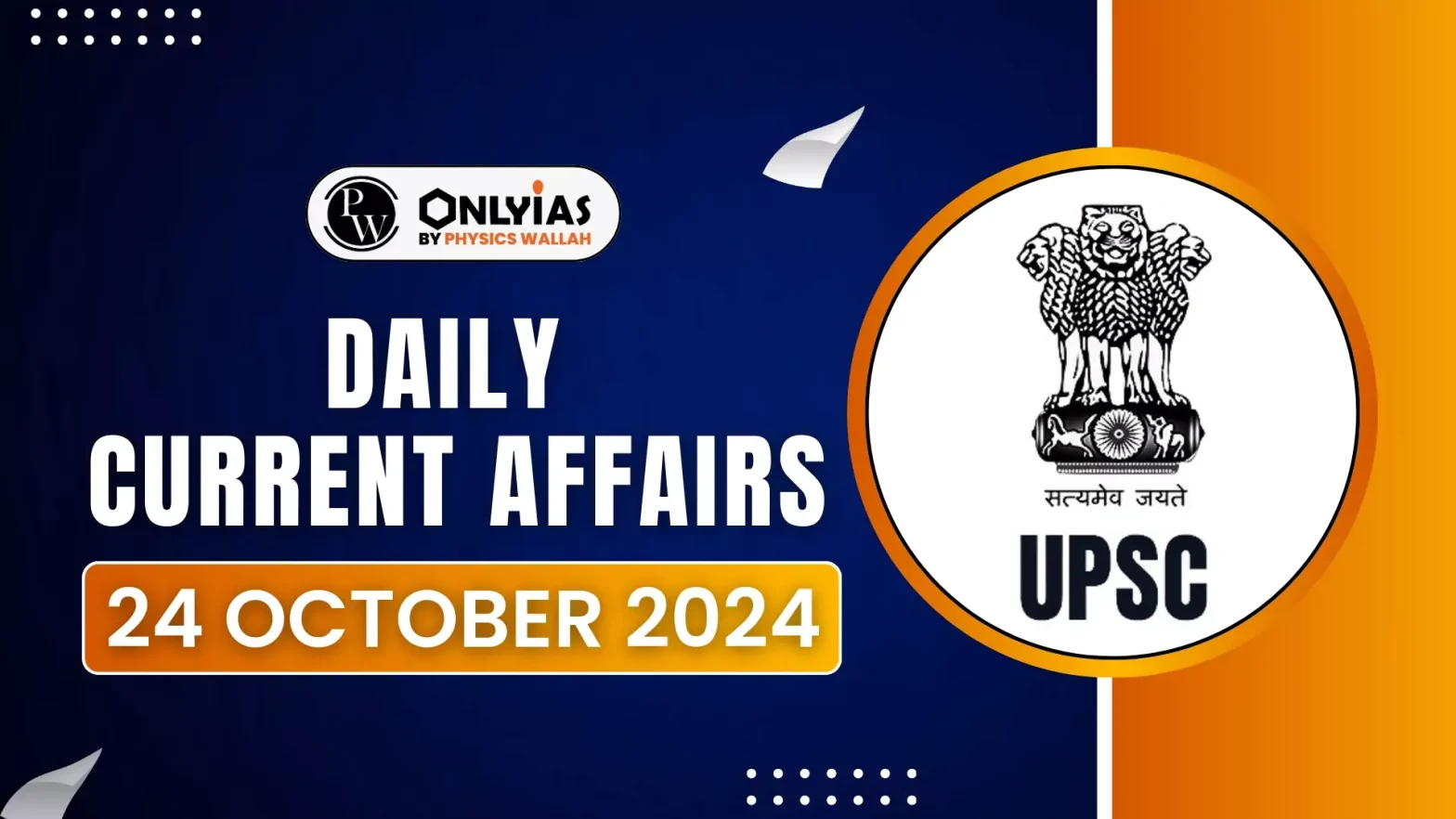The Prime Minister visited Russia from October 22-23 at the invitation of President Vladimir Putin to attend the 16th BRICS Summit in Kazan, capital of Tatarstan.
BRICS Summit 2024
- Theme of the BRICS Summit 2024: Strengthening Multilateralism for Just Global Development and Security.
- Bilateral Meetings: PM Modi also took part in bilateral meetings with BRICS leaders and invited dignitaries during the summit.
- Strengthening Relations: The visit was aimed to further strengthen the Special and Privileged Strategic Partnership between India and Russia.
- BRICS Expansion: India welcomes the inclusion of new members, which has enhanced BRICS’ inclusivity and global influence.
Enroll now for UPSC Online Course
Key Highlights of the BRICS Summit 2024 in Kazan
- BRICS Solidarity: Reaffirmation of strategic cooperation based on mutual respect, inclusiveness, and consensus.
- Global Governance: Commitment to a fairer, multipolar world order, advocating UN reform, and greater inclusion of developing nations in decision-making.
- Sustainable Development: Support for the 2030 Agenda, climate resilience, biodiversity conservation, and human rights.
- Outreach: Engagement with the Global South to foster international cooperation and inclusivity.
Concerns Over Unilateral Coercive Measures
- The Kazan Declaration at the BRICS Summit 2024 condemned unilateral coercive measures, including illegal sanctions.
- These measures are seen as disruptive to the world economy, global trade, and progress on Sustainable Development Goals (SDGs).
- They undermine the UN Charter, multilateral trade systems, and international environmental agreements.
Click to know BRICS Summit 2024
Call for Peaceful Conflict Resolution
- The declaration expressed concern over rising global violence and ongoing armed conflicts.
- It stressed the importance of diplomacy, inclusive dialogue, and consultations for peaceful dispute resolution.
- Emphasis was placed on conflict prevention by addressing root causes.
Palestinian and Lebanese Crises
- The declaration voiced “grave concern” over escalating violence in Gaza, the West Bank, and southern Lebanon.
- It condemned Israeli military actions that caused mass civilian casualties, displacement, and infrastructure destruction.
- BRICS called for an immediate, permanent ceasefire, release of hostages, and unhindered humanitarian aid to Gaza.
Check Out UPSC CSE Books From PW Store
Strong Stance Against Terrorism
- BRICS condemned all forms of terrorism, calling it a global threat needing a comprehensive, balanced response.
- Terrorism was described as criminal and unjustifiable, regardless of motives.
- The declaration called for decisive action against cross-border terrorist movements, financing, and support, stressing the importance of no double standards in addressing terrorism
Areas of Cooperation under Kazan Declaration
- Cybersecurity and Data Governance: It highlighted financial sector cyber resilience through BRICS Rapid Information Security Channel drills, while calling for equitable global frameworks on data governance and digital economy growth.
- Trade and Economic Cooperation: The declaration stressed the need for secure supply chains, fair agricultural trade, Special Economic Zones, and support for MSMEs, especially in high-tech sectors.
- Energy and Climate: It highlighted cooperation in just energy transitions, sustainable agriculture, and the importance of carbon markets, rejecting unilateral protectionist measures.
- Health and Science: The declaration supported initiatives against AMR, TB, and enhancing nuclear medicine, alongside cooperation in public health, space, and tourism.
- Competition and Tax Cooperation: It advanced BRICS competition law, mutual customs recognition, and enhanced tax cooperation frameworks.
What is BRICS?
BRICS is an acronym representing five of the world’s leading emerging economies: Brazil, Russia, India, China, and South Africa.
- The term BRIC was first coined by British economist Jim O’Neill in 2001 to describe the economies of Brazil, Russia, India, and China.
- The grouping was formalised at the 2006 BRIC Foreign Ministers’ meeting, and in 2010, South Africa joined, expanding the acronym to BRICS.
Expansion of BRICS
- The Johannesburg Declaration (2023) invited Argentina, Egypt, Ethiopia, Iran, Saudi Arabia, and the UAE to become full members from January 2024.
- Argentina withdrew in December 2023 after President Javier Milei took office.
- Currently BRICS has a total 9 members comprising Brazil, Russia, India, China, South Africa, Iran, Egypt, Ethiopia, and the United Arab Emirates.
- With the expanded group, BRICS would represent 45% of the world’s population and economies worth $28.5 trillion (28% of global GDP).
- Saudi Arabia has been invited but has yet to formally join.
- If Saudi Arabia joins, BRICS would control 44% of the world’s crude oil production.
Enroll now for UPSC Online Classes
Major Initiatives of BRICS
- Contingent Reserve Arrangement (CRA): Established in 2015, this framework provides financial support to member countries facing short-term liquidity crises.
- New Development Bank (NDB): A multilateral development bank designed to mobilise resources for infrastructure and sustainable projects in emerging markets and developing countries.
- It is headquartered in Shanghai, with regional offices in South Africa and Brazil. New members include Bangladesh, UAE, Egypt, and Uruguay.
- Medical Cooperation: The Ufa Declaration promotes collaboration to prevent the spread of infectious diseases.
- BRICS Payments Task Force: An initiative for cooperation among central banks and financial institutions to enhance national payment systems.
![]() 24 Oct 2024
24 Oct 2024


